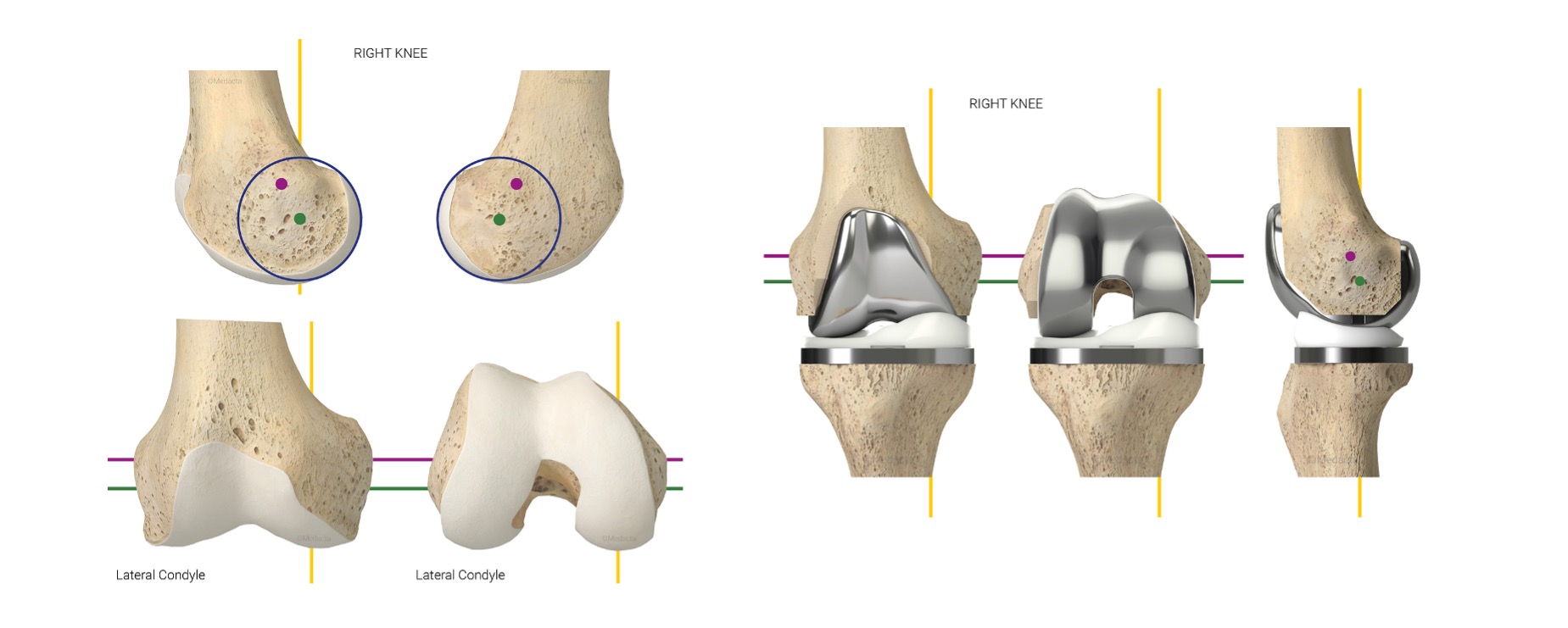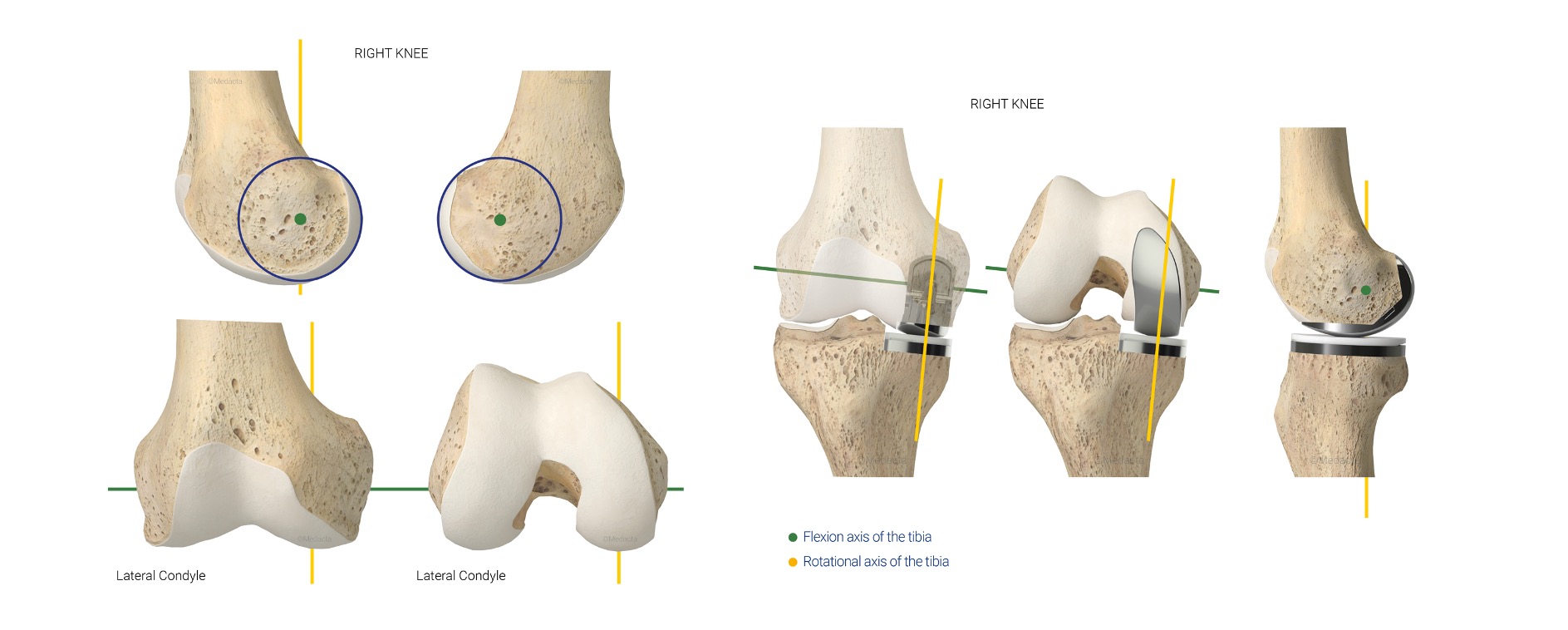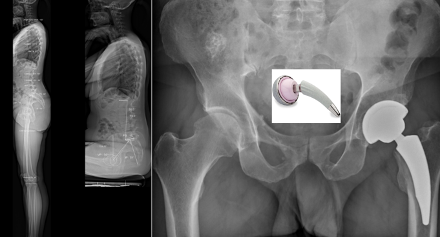Make a donation !
To support our audit and research efforts aimed at improving the quality of prosthetic replacement techniques and patients' quality of life. To sustain our teaching efforts of modern arthroplasty techniques by contributing to scholarships for young orthopaedic surgeons and Fellows.
Fellowship program !
Learn modern personalized surgical techniques & strategies
Divers tools & instrumentations: Robotics, PSI, Calliper techniques
« Better Never Stops »
At the Center for Hip & Knee Replacement, our goal is to offer the most reliable premium care you can get. To do so, we raise our surgical practices to a level of excellence. This quality of service can only be achieved through treatment choices based on the best and most current scientific evidence available (Evidence Based Medicine). Measuring the results of each of our procedures has becomes a “sine qua non” in our quest for excellence. We have thus created a research and audit unit which enables the constant evaluation and improvement of the quality of our care.
Surgical techniques for hip or knee replacements have evolved over the years. The evolution has been towards more personalized implantation techniques that better respect the unique physiology of each joint.
Kinematic alignment technique of a total knee prosthesis
The goal is to preserve the original and unique anatomy of the knee joint. It is a joint resurfacing which restores the physiological ligament laxity and the natural knee biomechanics as much as possible, thus offering a high probability of having a forgotten prosthetic knee and a high level of satisfaction. The implants are positioned so that the kinematic axes that dictate the natural movement of the native knee (green, yellow, and magenta lines) are preserved.
Kinematic alignment technique of a partial (unicompartmental) medial knee replacement
The objective is to preserve the original and unique anatomy of the knee compartment that is replaced. It is a partial joint resurfacing which restores the physiological ligament laxity and the natural knee biomechanics as much as possible, thus offering a high probability of having a forgotten prosthetic knee and a high level of satisfaction. The implants are positioned so that the kinematic axes that dictate the natural movement of the native knee (green and yellow lines) are preserved.
Kinematic alignment technique of a total hip replacement
The objective is to preserve the original and unique anatomy of the hip joint, and to anticipate a pathology of the spine which could compromise the good result of the surgery. By restoring ligamentous laxity and the natural hip biomechanics as much as it is possible, the level of functional performance of the prosthetic hip is optimized, as well as its longevity. An EOS® stereometric examination allows screening for spinal disorders (left image). A femoral mini stem facilitates the restoration of the anatomy and the normal physiology of the hip (right image)
Make a donation !
To support our audit and research efforts aimed at improving the quality of prosthetic replacement techniques and patients' quality of life. To sustain our teaching efforts of modern arthroplasty techniques by contributing to scholarships for young orthopaedic surgeons and Fellows.
Fellowship program !
Learn modern personalized surgical techniques & strategies
Divers tools & instrumentations: Robotics, PSI, Calliper techniques




